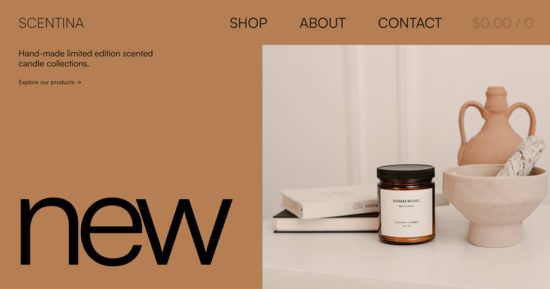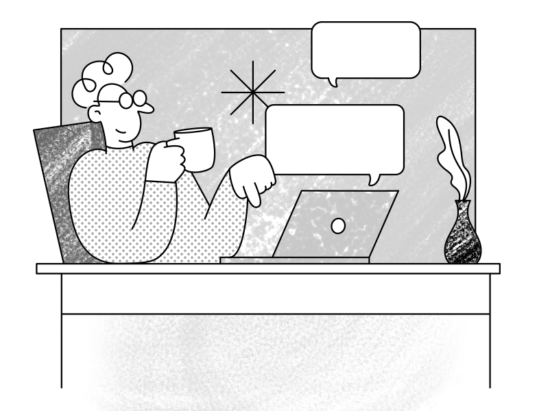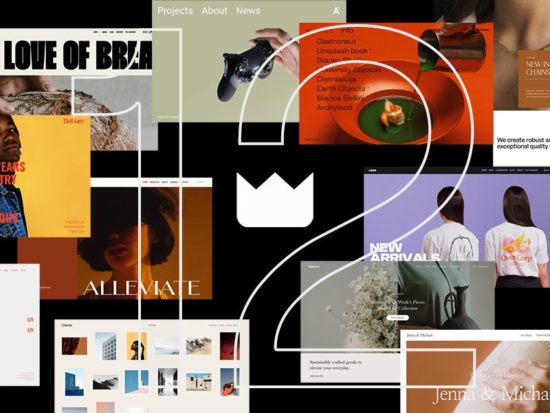Does your website use a huge popup asking for people to sign up for your newsletter? Well, Google’s not a fan.
Starting 10 January, 2017, Google will begin to penalize websites with intrusive popups and interstitials. What’s an interstitial? It’s basally a popup that doesn’t let you see a website until you tap the close button on it. Google’s Doantam Phan, Product Manager, posted the news on the Webmasters blog, and detailed the reasoning behind the decision:
While the underlying content is present on the page and available to be indexed by Google, content may be visually obscured by an interstitial. This can frustrate users because they are unable to easily access the content that they were expecting when they tapped on the search result.
Pages that show intrusive interstitials provide a poorer experience to users than other pages where content is immediately accessible. This can be problematic on mobile devices where screens are often smaller.
Read the full blog post at Google Webmaster Central Blog
While Doantam uses careful wording like “pages [with popups] may not rank as highly” it’s safe to assume that Google will rank your website lower in its results if you rely heavily on popups.
Here’s the type of popups Google frowns upon:
- Showing a popup that covers the main content, either immediately after the user navigates to a page from the search results, or while they are looking through the page.
- Displaying a standalone interstitial that the user has to dismiss before accessing the main content.
- Using a layout where the above-the-fold portion of the page appears similar to a standalone interstitial, but the original content has been inlined underneath the fold.
Here’s what’s OK with Google, if used responsibly:
- Interstitials that appear to be in response to a legal obligation, such as for cookie usage or for age verification.
- Login dialogs on sites where content is not publicly indexable. For example, this would include private content such as email or unindexable content that is behind a paywall.
- Banners that use a reasonable amount of screen space and are easily dismissible. For example, the app install banners provided by Safari and Chrome are examples of banners that use a reasonable amount of screen space.
We use a popup that asks people to sign up for our newsletter in exchange for a 10% discount code. We’re already working on fixing ours.
It’s worth noting that this check for popups is just 1 new addition to the 100+ signals Google uses to rank its results. So if you have great content (and Google will be the judge of that) you’ll still rank highly – so long as you provide content that people are searching for. But at this point we all know that it’s much easier to just replace a popup than to invoke the wrath of Google’s ranking algorithms.


